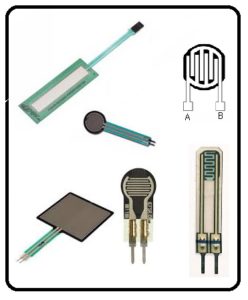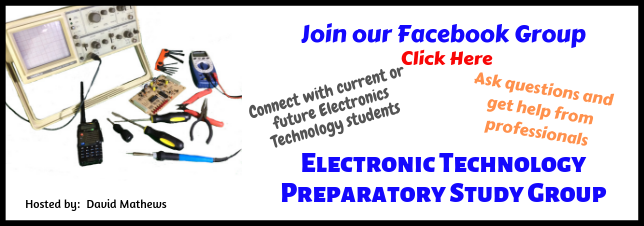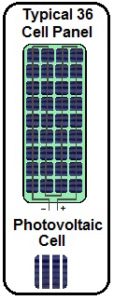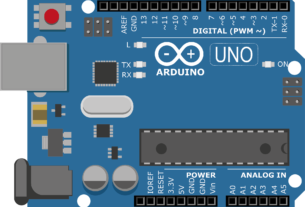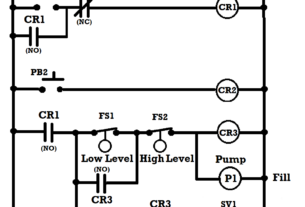Plain and Specialty Resistors
Plain resistors and specialty resistors are both standardized. Electronic Industries Association (EIA) specifies standard graphical Symbols, along with several other authorities. Multiple standards exist for electrical and electronic schematic symbols. Component representations in drawings by individual, company, or even industrial engineers may vary. The Consumer Electronics symbols, Industrial Electronics, and Electrical symbols may all be different.

A few standards include the following:
IEC 60617 (also known as British Standard BS 3939).
ANSI Y32.2-1975 (also known as IEEE Std 315-1975 or CSA Z99-1975
IEEE Std 91/91a: graphic symbols for logic functions (used in digital electronics). It is referenced in ANSI Y32.2/IEEE Std 315.
Australian Standard AS 1102.
Some of these are considered obsolete but are still used.
RESISTIVE TRANSDUCER
A transducer is a device that transforms one form 0f energy to another. Resistive transducers sense physical or environmental changes and convert them into resistive changes. The resistive changes are generally used to control some external function or device. Physical and environmental changes in Light Level, Temperature, Force/Pressure, Position, Speed, and Sound can all be sensed using Resistive transducers.
The light-dependent resistor, LDR, photoresistor or photoconductive cell is a device that changes resistance depending on light intensity. They have a very high resistance in the dark and a low resistance in bright light. They produce no output only change resistance with a change in light intensity or frequency. There a multitude of applications including dark-activated switching circuits, and light-sensitive detector circuits
light-dependent resistor, LDR, photoresistor or photoconductive cell is a device that changes resistance depending on light intensity. They have a very high resistance in the dark and a low resistance in bright light. They produce no output only change resistance with a change in light intensity or frequency. There a multitude of applications including dark-activated switching circuits, and light-sensitive detector circuits
Photo Voltaic (Photo-emissive) Cells, on the other hand, produce a voltage depending on the intensity or frequency of light. The most common application for Photo Voltaic Cells are in the production of Solar panels (Large and small)
 The Thermestor is a special resistance device that is temperature sensitive. There are two basic types Negative Temperature Coefficient (NTC) type (As the temperature rises resistance goes down)and Positive Temperature Coefficient (PTC) type (As the temperature rises resistance goes up). Typical applications include inrush current limiters, self-resetting over-current protectors, and self-regulating heating elements.
The Thermestor is a special resistance device that is temperature sensitive. There are two basic types Negative Temperature Coefficient (NTC) type (As the temperature rises resistance goes down)and Positive Temperature Coefficient (PTC) type (As the temperature rises resistance goes up). Typical applications include inrush current limiters, self-resetting over-current protectors, and self-regulating heating elements.
